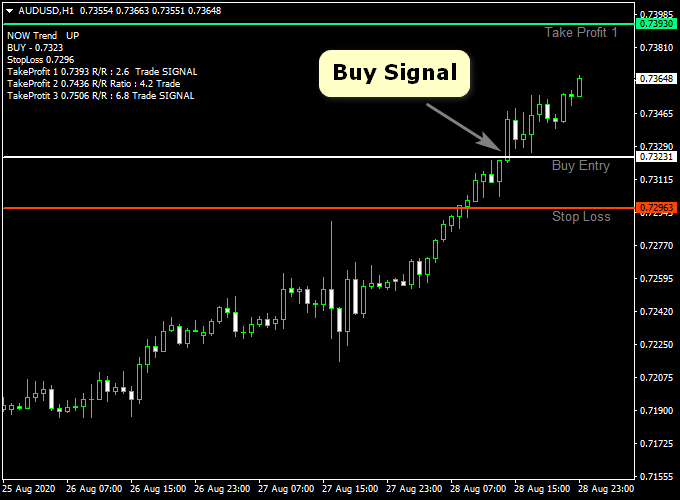
This article will help you determine how much money you should be investing. While you don't have to be rich to invest, financial advisors recommend a simple percentage-based calculation. Because compound interest is one reason why people make wealth, It's also important to understand why you should invest. Learn more about compound interests and how investing can increase wealth.
Wealth is built with compound interest
Compound interest is a powerful force when it comes accumulating wealth. Compound interest has been used for thousands upon thousands of year by merchants to help them become wealthy. Babylonians were taught compound interest using clay tablets almost 4,000 years ago. This same principle made Warren Buffett one of the most successful men in the world. Complementary compounding occurs when earnings are reinvest and your initial investment grows more quickly.

Investing to last
Diversifying your portfolio with different asset classes is key to a long-term strategy that works. Investing is a marathon, not a sprint. Some assets have high returns, like stocks, ETFs, mutual funds and index funds. Others are less risky, which could help you avoid major losses during a market crash. These assets are low-risk and include municipal bonds, Treasury bonds and bond funds.
Stocks investing
You may be wondering, "How much should you invest in stocks?" Although this can seem daunting, it's actually not as difficult as you might think. Although stocks come with a lot of risk, they can bring you high levels of income and growth. As long as you're willing to lose some of your money in case of a bad market, investing in stocks is one of the best ways to grow your money over time.
Investing with a robo advisor
Before investing in a robo-advisor, you should understand some of the pros and cons. A robo adviser can be a valuable tool, but it's not for everyone. You will have to consider your specific goals and circumstances before weighing the pros and con's of a robotic advisor. Your personal situation will determine the pros and disadvantages of a Robo-Advisor. However, if your knowledge of different investment options is not sufficient, a Robo-Advisor may not suit you.

Investing In An Emergency Fund
It is wise that you decide how much money to put in an emergency fund as soon as possible. It is best to invest a liquid amount and not to use the money for speculation. It is best to avoid investing it all in high-risk investments such as stocks or bonds. You should save it in a high return savings account. This will allow you immediate financial needs to be addressed and increase your emergency fund over time.
FAQ
Do I need to invest in real estate?
Real Estate Investments are great because they help generate Passive Income. But they do require substantial upfront capital.
Real estate may not be the right choice if you want fast returns.
Instead, consider putting your money into dividend-paying stocks. These pay monthly dividends, which can be reinvested to further increase your earnings.
Is it really a good idea to invest in gold
Gold has been around since ancient times. It has remained valuable throughout history.
As with all commodities, gold prices change over time. A profit is when the gold price goes up. You will be losing if the prices fall.
It doesn't matter if you choose to invest in gold, it all comes down to timing.
What should I look for when choosing a brokerage firm?
You should look at two key things when choosing a broker firm.
-
Fees – How much commission do you have to pay per trade?
-
Customer Service – Can you expect good customer support if something goes wrong
You want to work with a company that offers great customer service and low prices. If you do this, you won't regret your decision.
How can I reduce my risk?
Risk management refers to being aware of possible losses in investing.
It is possible for a company to go bankrupt, and its stock price could plummet.
Or, the economy of a country might collapse, causing its currency to lose value.
You risk losing your entire investment in stocks
Remember that stocks come with greater risk than bonds.
One way to reduce your risk is by buying both stocks and bonds.
This increases the chance of making money from both assets.
Another way to minimize risk is to diversify your investments among several asset classes.
Each class comes with its own set risks and rewards.
For instance, while stocks are considered risky, bonds are considered safe.
If you are interested building wealth through stocks, investing in growth corporations might be a good idea.
You might consider investing in income-producing securities such as bonds if you want to save for retirement.
Statistics
- An important note to remember is that a bond may only net you a 3% return on your money over multiple years. (ruleoneinvesting.com)
- Most banks offer CDs at a return of less than 2% per year, which is not even enough to keep up with inflation. (ruleoneinvesting.com)
- Some traders typically risk 2-5% of their capital based on any particular trade. (investopedia.com)
- As a general rule of thumb, you want to aim to invest a total of 10% to 15% of your income each year for retirement — your employer match counts toward that goal. (nerdwallet.com)
External Links
How To
How to Save Money Properly To Retire Early
Planning for retirement is the process of preparing your finances so that you can live comfortably after you retire. It is the time you plan how much money to save up for retirement (usually 65). Also, you should consider how much money you plan to spend in retirement. This includes hobbies, travel, and health care costs.
It's not necessary to do everything by yourself. Many financial experts can help you figure out what kind of savings strategy works best for you. They'll examine your current situation and goals as well as any unique circumstances that could impact your ability to reach your goals.
There are two main types: Roth and traditional retirement plans. Roth plans allow you to set aside pre-tax dollars while traditional retirement plans use pretax dollars. You can choose to pay higher taxes now or lower later.
Traditional Retirement Plans
A traditional IRA allows pretax income to be contributed to the plan. If you're younger than 50, you can make contributions until 59 1/2 years old. If you want to contribute, you can start taking out funds. After you reach the age of 70 1/2, you cannot contribute to your account.
If you already have started saving, you may be eligible to receive a pension. These pensions are dependent on where you work. Some employers offer matching programs that match employee contributions dollar for dollar. Other employers offer defined benefit programs that guarantee a fixed amount of monthly payments.
Roth Retirement Plans
Roth IRAs are tax-free. You pay taxes before you put money in the account. Once you reach retirement age, earnings can be withdrawn tax-free. However, there may be some restrictions. For medical expenses, you can not take withdrawals.
Another type of retirement plan is called a 401(k) plan. Employers often offer these benefits through payroll deductions. These benefits are often offered to employees through payroll deductions.
401(k) Plans
Most employers offer 401(k), which are plans that allow you to save money. You can put money in an account managed by your company with them. Your employer will automatically pay a percentage from each paycheck.
The money grows over time, and you decide how it gets distributed at retirement. Many people decide to withdraw their entire amount at once. Others may spread their distributions over their life.
Other types of savings accounts
Some companies offer other types of savings accounts. At TD Ameritrade, you can open a ShareBuilder Account. This account allows you to invest in stocks, ETFs and mutual funds. Additionally, all balances can be credited with interest.
Ally Bank allows you to open a MySavings Account. This account allows you to deposit cash, checks and debit cards as well as credit cards. This account allows you to transfer money between accounts, or add money from external sources.
What Next?
Once you have decided which savings plan is best for you, you can start investing. Find a reputable firm to invest your money. Ask family and friends about their experiences with the firms they recommend. Online reviews can provide information about companies.
Next, figure out how much money to save. This step involves figuring out your net worth. Net worth includes assets like your home, investments, and retirement accounts. It also includes liabilities such debts owed as lenders.
Divide your networth by 25 when you are confident. That number represents the amount you need to save every month from achieving your goal.
For example, let's say your net worth totals $100,000. If you want to retire when age 65, you will need to save $4,000 every year.